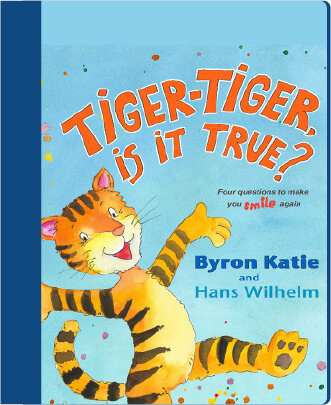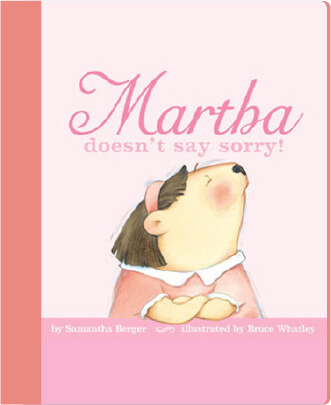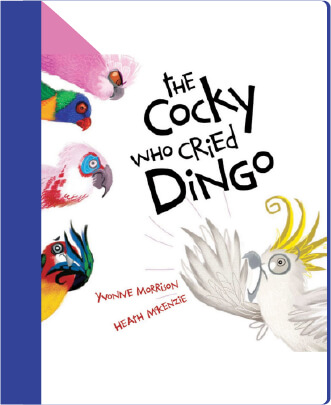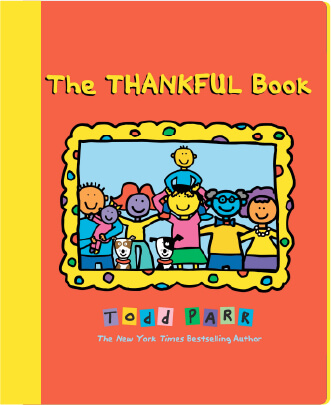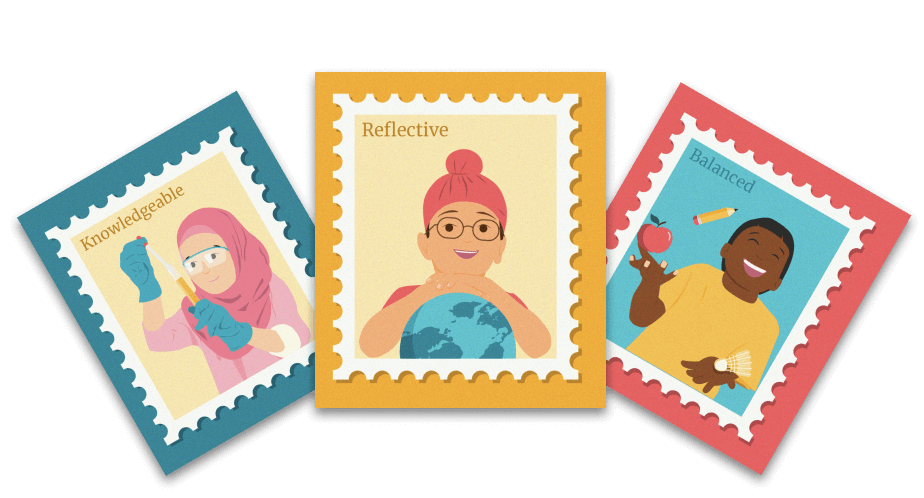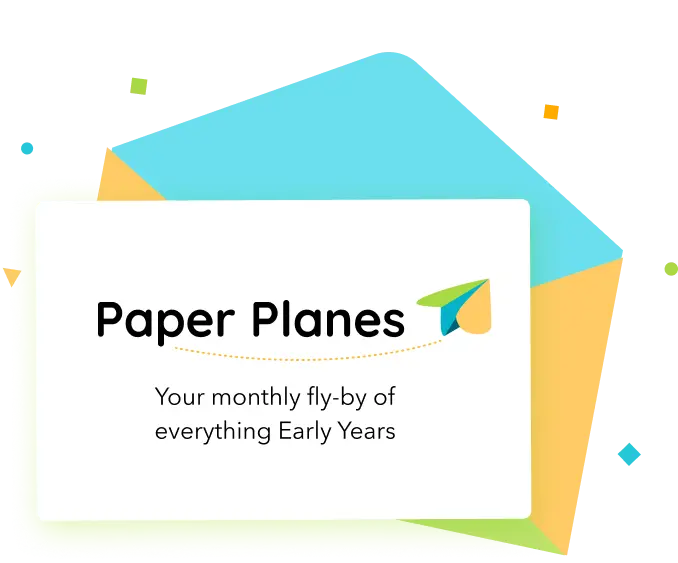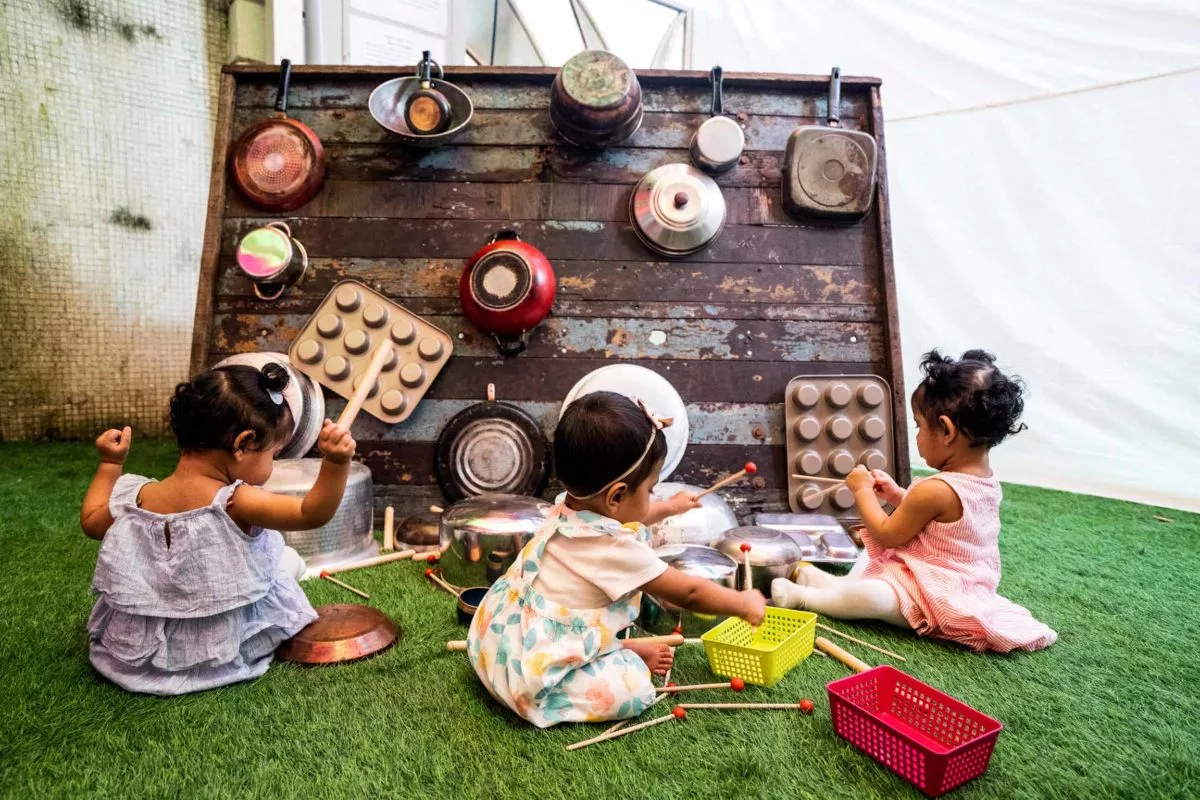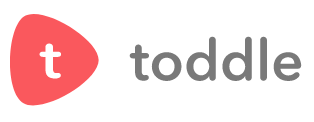IB PYP Learner Profile Booklist – Early Years Collection
A question I often get asked when doing workshops or school visits is how to talk about the attributes of the learner profile in a way that is authentic to young children. For some schools, it is often a challenge to build a collective understanding of the learner profile attribute with parents and the wider community. Yet, it is our responsibility as teachers to ensure that students understand and demonstrate the learner profile attributes.
Of course, it is possible to notice these attributes in students as and when they occur. However, I have found that a more proactive and impactful approach is for teachers to use children’s literature as a provocation to talk about these attributes with their students.
My approach when creating this booklist
There are literally thousands of children’s books and many teachers can be overwhelmed by which books are the best ones to use.
As I put together this list, (4 books for each learner profile) I carefully considered the balance between genders, humans, and animals. I also focussed on choosing books of authors from various countries in order to support the IB’s mission of promoting international-mindedness.
You will find that many of the books from this list are useful for more than one learner profile attribute. They’re also helpful while dealing with some of the concepts that are addressed in units of inquiry in the early years programme.
To increase accessibility of the resource, I also looked for books that are easily available with videos on YouTube. Some children respond really well to classroom read alouds by the teacher, while others may prefer more engaging forms like multimedia – the sounds and music that may accompany the stories when viewed as a video.
How you can use this booklist in your classroom
Since many early years children cannot yet read, the books have been chosen for their use as read alouds. Read-alouds are important for early readers as they engage students in the reading process and help the development of vocabulary and comprehension. Children who are read to frequently are usually keen to become readers themselves.
How to make your read-aloud sessions engaging:
- When reading books aloud, think of this almost as a “performance”. Use different voices for different characters, add changes in your narration pace, volume, pitch, and tone.
- Pause frequently and ask students questions to check for understanding.
- Engage your class by asking them to predict what happens next, or ask them to comment about what they’re hearing. This will develop their listening and speaking skills, as well as help them connect what they’re hearing to their prior knowledge.
If you’re teaching remotely:
Since many early years children cannot yet read, the books have been chosen for their use as read alouds. Read-alouds are important for early readers as they engage students in the reading process and help the development of vocabulary and comprehension. Children who are read to frequently are usually keen to become readers themselves.
- Record expressive read alouds using Toddle’s audio recording functionality.
- After the read aloud, pose a question to your students through the audio feature, asking students to record their answers.
- Students can send their responses to you through the audio recording feature on Toddle’s student app.
- Beyond asking for audio responses, you can also encourage the young learners to draw pictures and post them on Toddle to show you. Giving students opportunities to express themselves in diverse ways can help them reflect effectively!
- It’s integral that parents support young learner in accessing these read alouds and recording their responses. As the teacher, you could share a schedule and accompanying set of expectations on how students need to share their responses.
Read alouds are a big part of developing a connection with your early years students. I hope the recommended reading is enjoyable for them and if they’re currently learning remotely, help them feel closer to you.
Inquirers
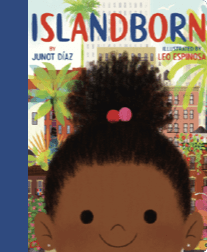
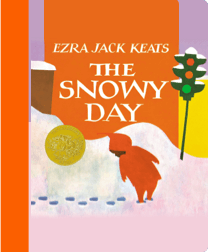
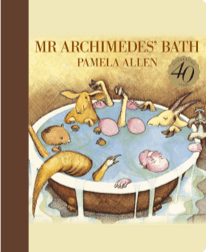
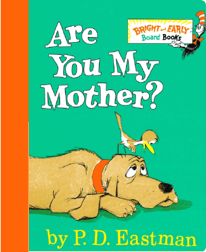




Communicators
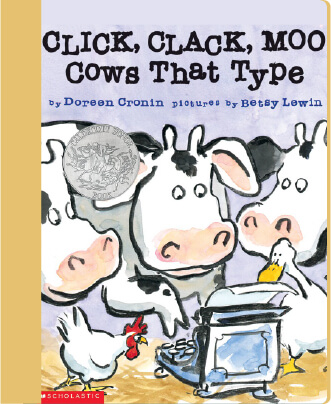
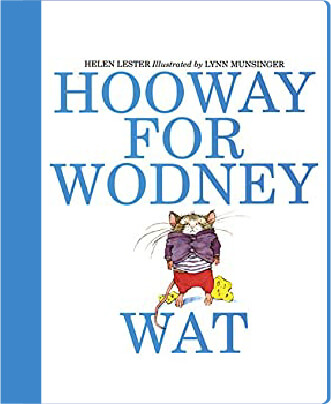
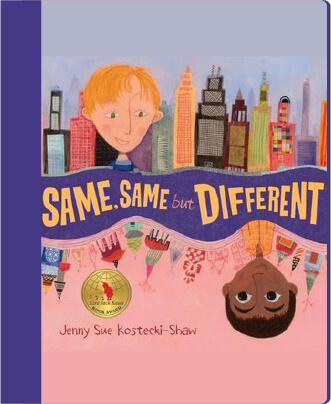
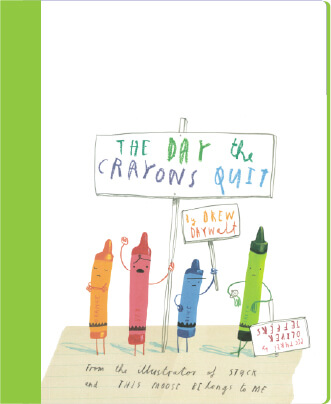




Caring
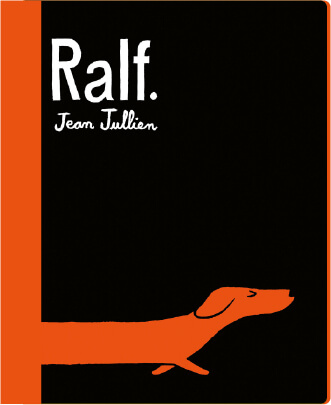
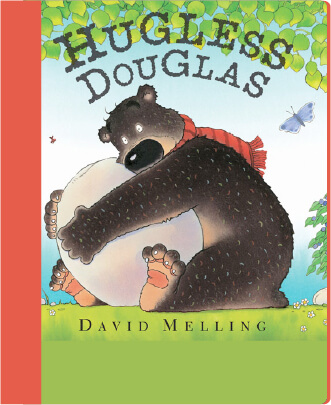
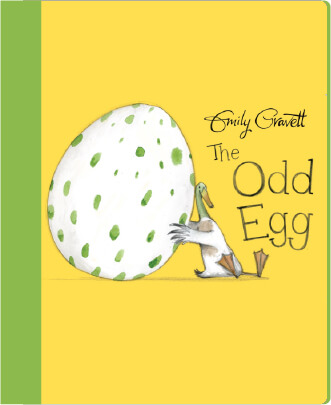
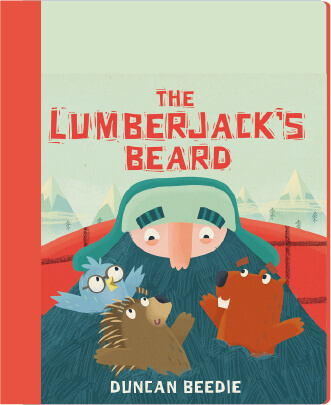




Balanced
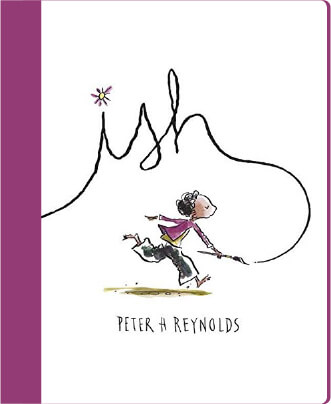
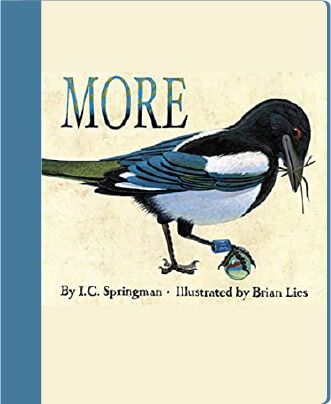
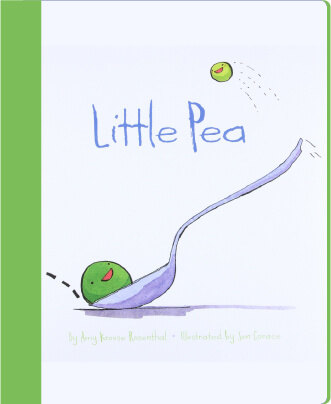
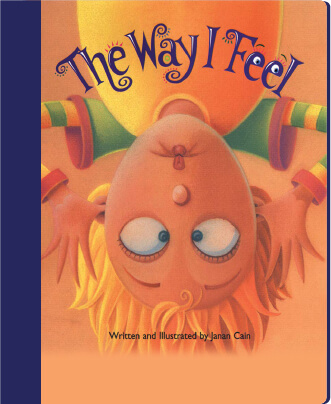




Open minded
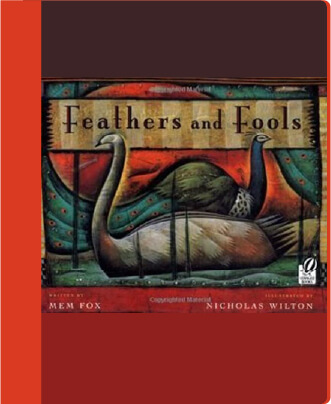
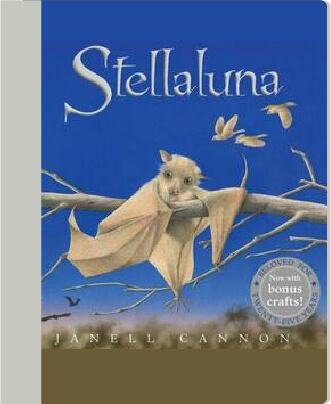
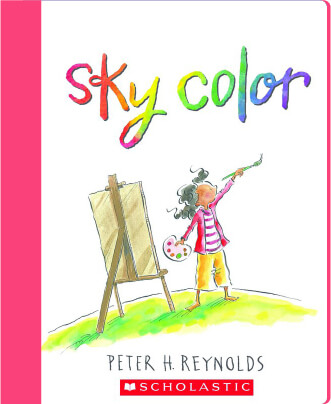
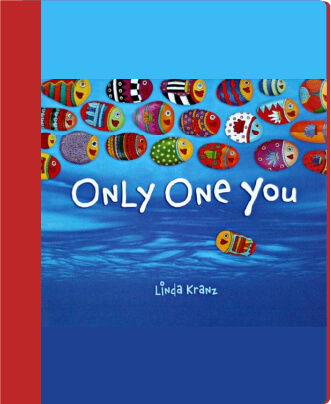




Principled
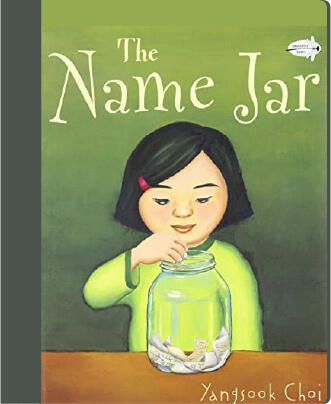
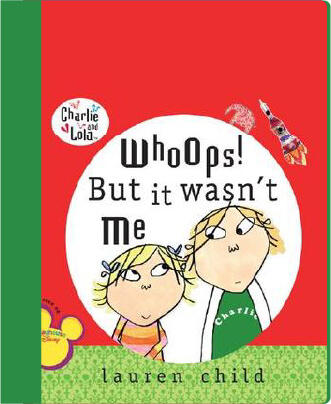
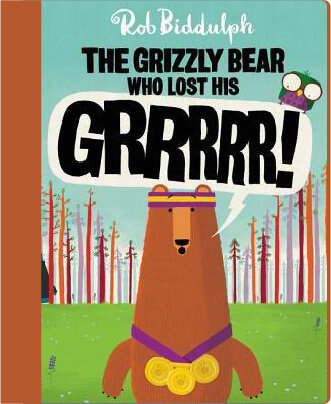
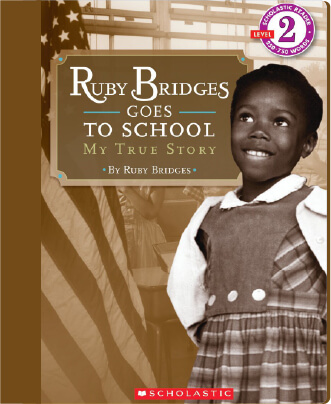




Risk takers
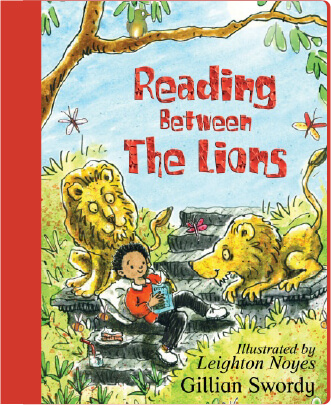
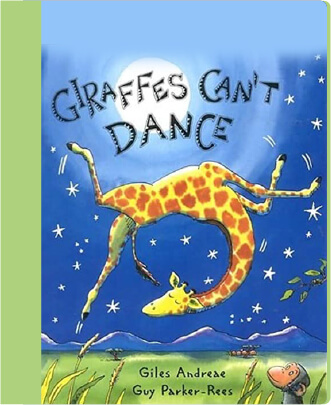
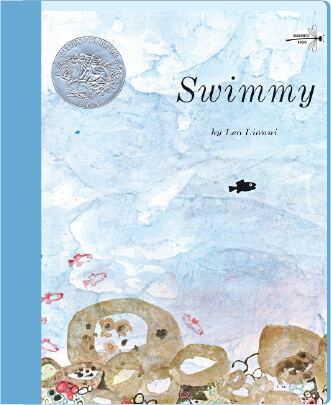
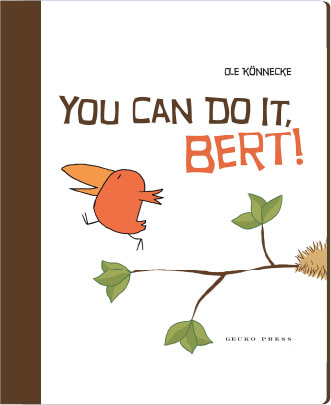




Thinkers
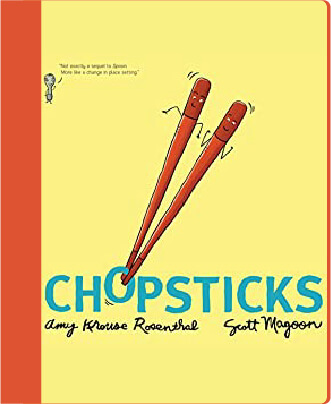
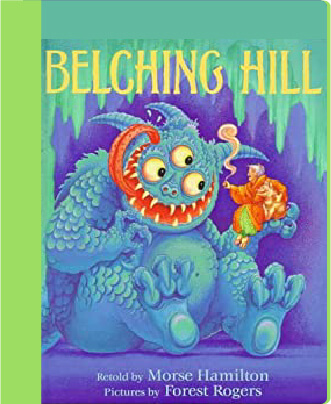
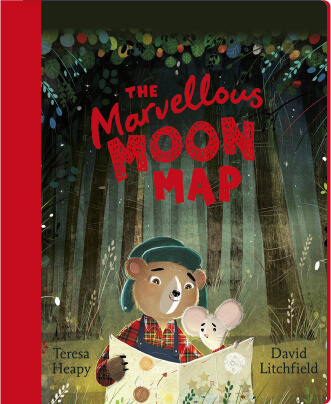
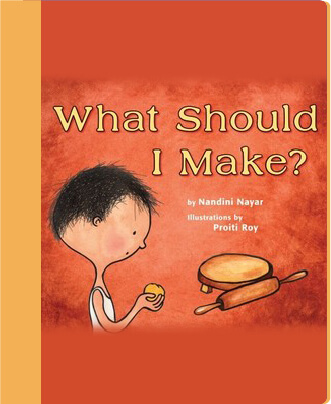




Knowledgeable
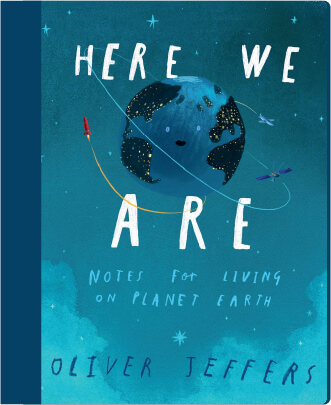
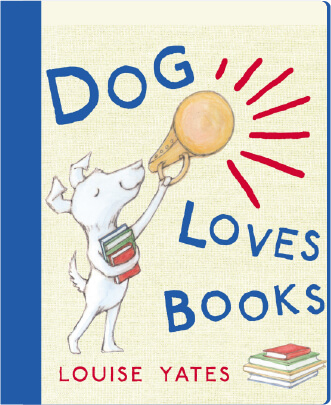
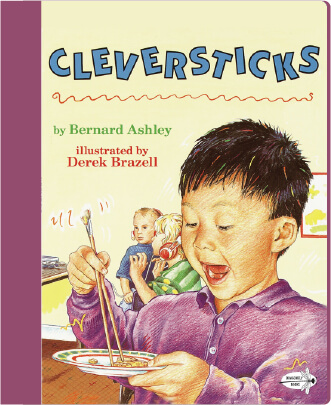
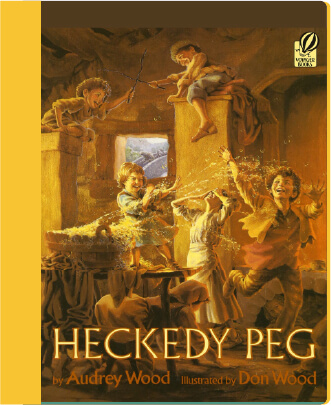




Reflective
